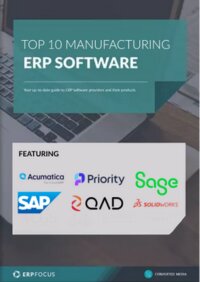M2M learning: why you need to listen to your production machines
For the last several years, it seems that everywhere you look there is messaging, articles, and news about IoT (Internet of Things). And then there are the many variations of related terms like iiot (Industrial Internet of Things), Smart Grid, M2M (Machine to Machine), Industry 4.0 and others.
As a manufacturer you may be asking yourself “how can IoT benefit my organization by making me more profitable, reduce risk and grow my business?”. Indeed IoT can play a major role in doing this and helping you achieve your goals, but you need to be very calculated in your approach and not get caught up in the hype that providers of IoT with no manufacturing experience are pitching.
Take the right approach to IoT implementation
For IoT to work properly in manufacturing, the supplier of the tools and connectivity must have a deep understanding of how manufacturing works. Having a thermostat or alarm system at home that can be controlled from a smartphone is not the same as manufacturing production equipment providing real time production operation data. Since IoT is bi-directional in nature, having costly and potentially dangerous machines being controlled via IoT in a manufacturing environment requires expertise specific to the environment.
Having said all of that, IoT – when properly implemented – can have a profound impact on a manufacturing operation. Even if your vision isn’t necessarily to have a “lights out” manufacturing operation, Io T (or iiot) can have a significant impact on your bottom line. If the massive amount of data is collected, analyzed, and properly presented – you can likely know a machine is going to break down before it happens. An alert to the right individual at the right time can help you avoid making scrap or experiencing a line stoppage.
Go beyond ‘just data’
With huge amounts of data coming in from machines, some IoT vendors would make you think that’s all it takes. They can set up some alarms, alerts and flash lights and perhaps even send emails. From the surface, that may look interesting and bring some value. There is much more to it than simply aggregating data and when a threshold is hit, ring the bell. Machines on the production floor make items - your life’s work. That is why you are in business.
Nail down your IoT needs using this manufacturing ERP requirements template
Each of these items has unique requirements in the production system. Perhaps it’s a tolerance, or oven temperature it must be cured at. Perhaps it’s the punch press dwell time that’s critical – too quick and you get cracking, too slow and you get parts that are too weak to perform. Most times, production equipment will be built and set up to run multiple parts during the production day or week.
Some IoT providers will say this is the operator’s responsibility to ‘adjust’ the machine to monitor the proper set-point limits. In this case, we have asked the operator to perform a task that can best be handled programmatically. Systems that can automatically set and reset limits, averages, set-points and other tag details based on the item being run will yield much more reliable results. This is even more important as when this data is logged over time for deeper predictive analysis and trending, we need to have insurance the data is accurate and in context over time.
Also remember, collection of data without the ability to capture and retain the data for long term analysis and charting will not provide the optimal use of Industrial IoT data. IoT systems with integrated data logging, charting and analytics are highly desirable so to provide a complete long term view of the production process. It is highly desirable to have this data feeding directly into your ERP Software for safekeeping, analysis, and historical views.
As you can now see, there is a strong need to have an IoT system that is designed and specialized for industrial machine integration, data aggregation , information presentation and analysis. Also the need to have a vendor that has its roots in manufacturing, and who has worked with production processes in areas such as ERP, data collection, SCADA, MES and PLC devices is required for successful manufacturing IoT project outcomes.
Free white paper
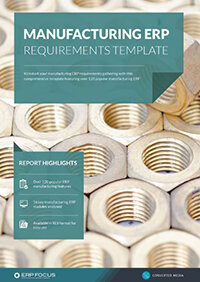
Manufacturing ERP requirements template
Over 120 critical manufacturing ERP features in one downloadable spreadsheet
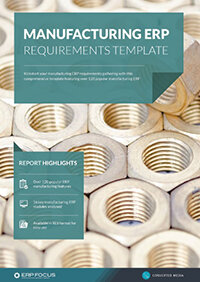
Featured white papers
Related articles
-
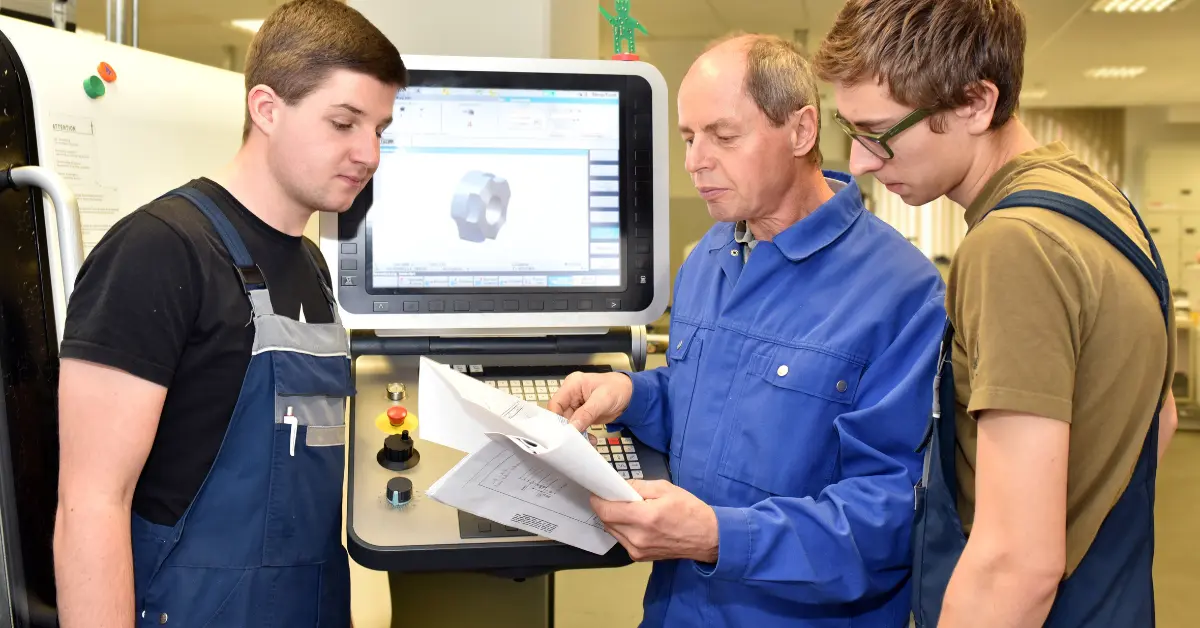
4 training tips for manufacturing ERP success
These four training tips will help your employees get the most out of your new manufacturing ERP ...
-

CMMC Compliance: What Aerospace and Defense Manufacturers Need to Know
Key insights on CMMC compliance, deadlines, and securing DoD contracts with CMMC 2.0 certificatio...
-
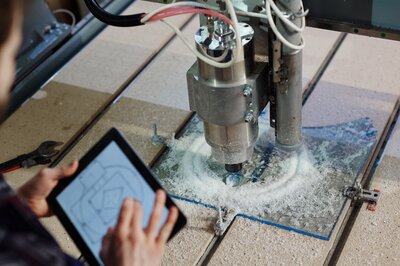
ERP for make-to-order manufacturing
How can ERP help your make-to-order manufacturing business thrive?




